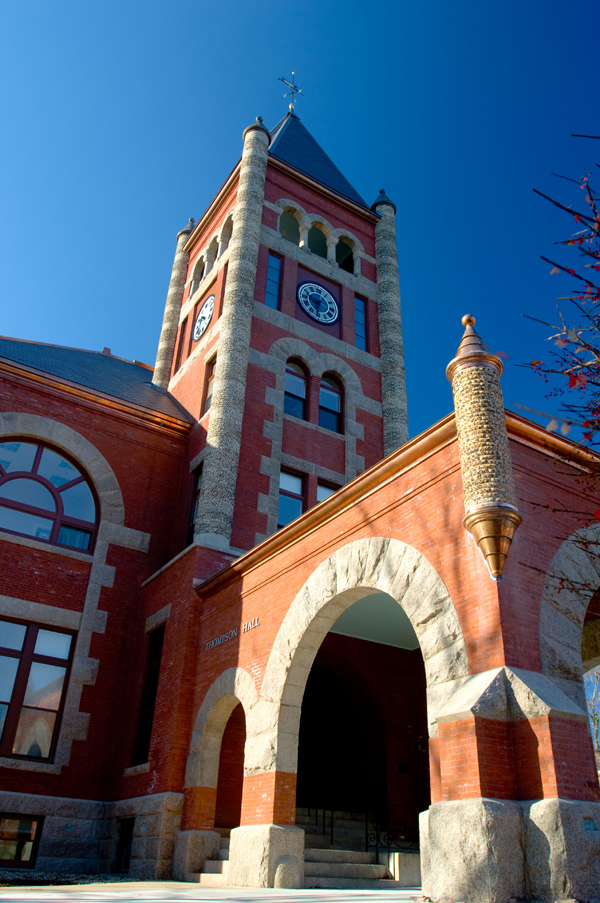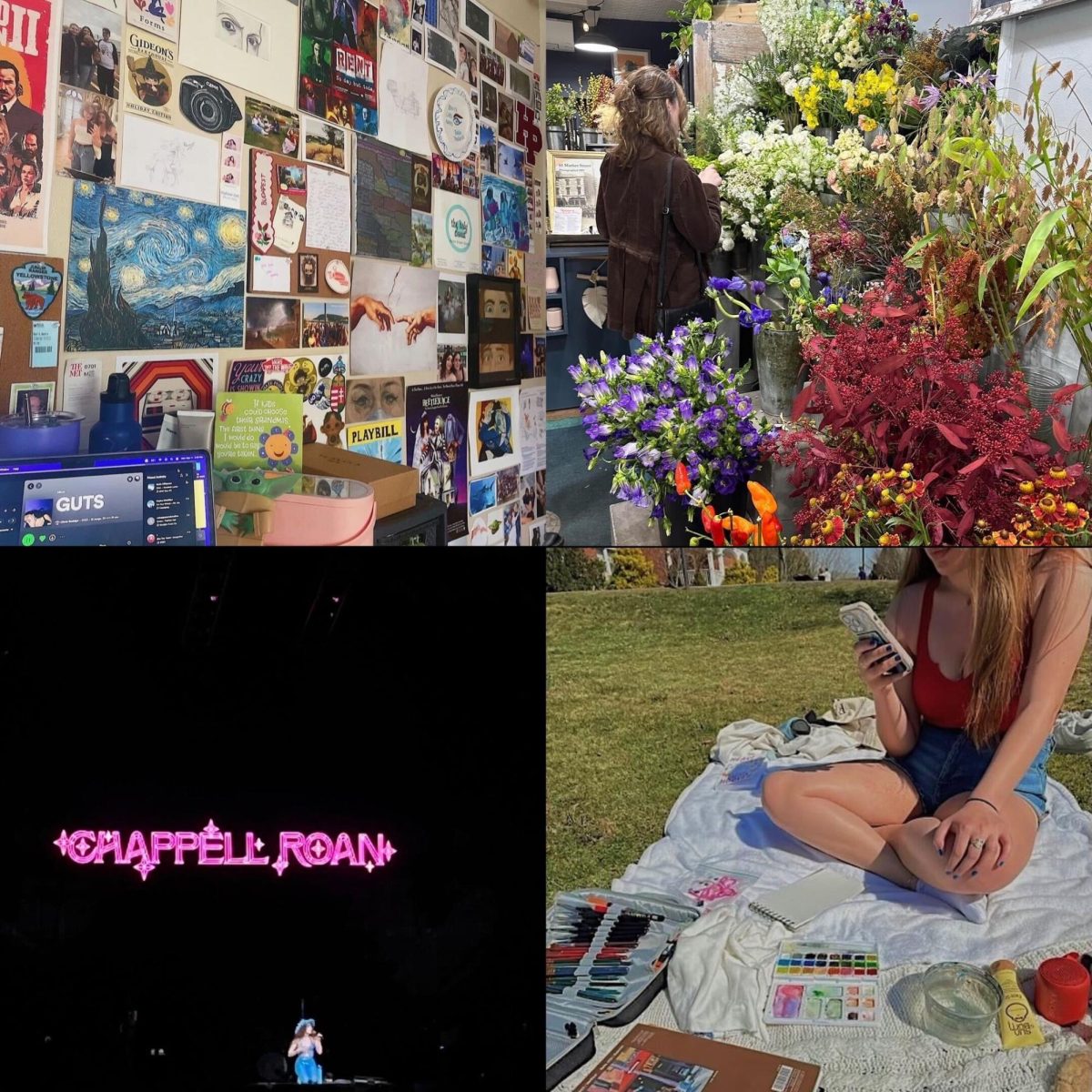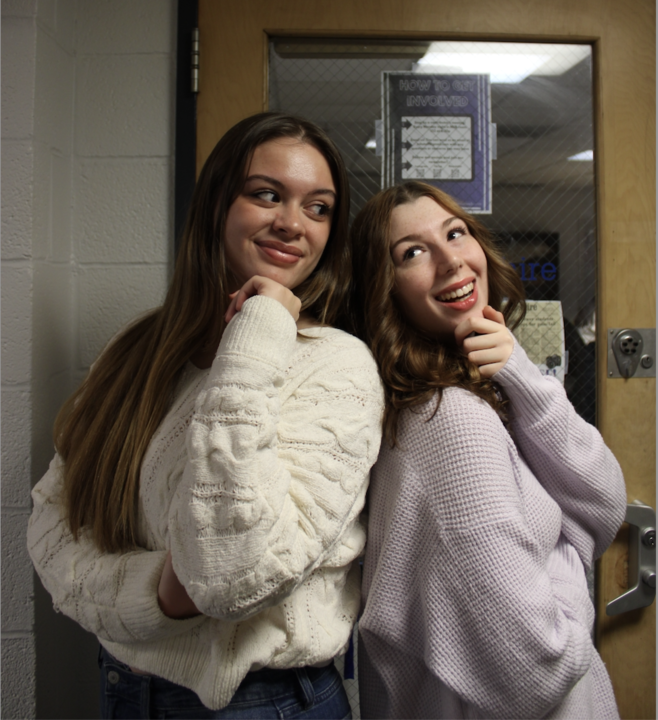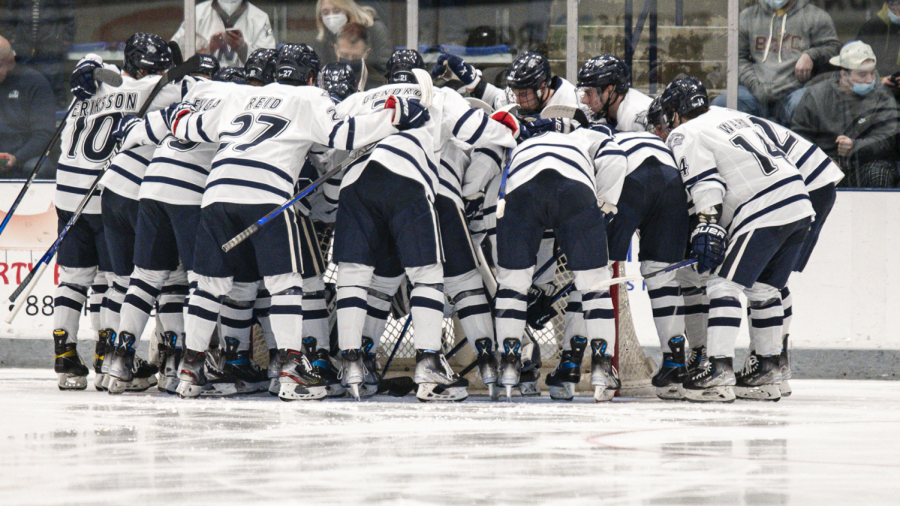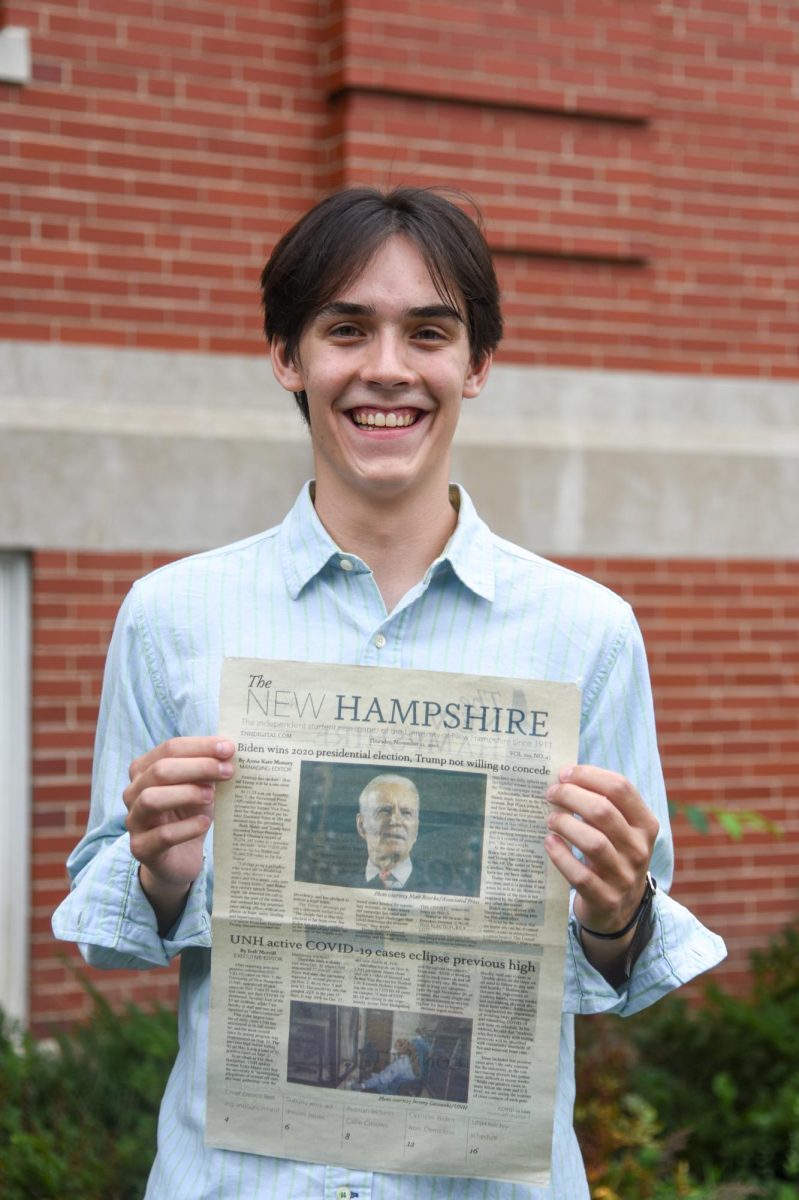By Lia Windt
In order to help students grasp complex ideas, teachers tend to use visual examples in order to help students understand theories. With physics, and especially the bizarre physics of the universe, it’s a lot tougher to show real-world examples, since we can’t exactly take a field trip to a black hole. Unless you’re on Ms. Frizzle’s magic school bus, in which case, please take me with you.
 This is a good segue, actually, because movies are typically used to help students understand these theories. Maybe a “Magic School Bus” episode can be shown to understand the basics of space, or a “Bill Nye The Science Guy” episode to better understand relativity. But one problem is that these are science with some story; what we need is a story with some science, and the film “Interstellar” did just that, and accurately. I’ll warn you right now I’m about to spoil the movie. So if you haven’t seen the movie yet and intend to, I’d suggest you stop reading and move on to a story on a different page
This is a good segue, actually, because movies are typically used to help students understand these theories. Maybe a “Magic School Bus” episode can be shown to understand the basics of space, or a “Bill Nye The Science Guy” episode to better understand relativity. But one problem is that these are science with some story; what we need is a story with some science, and the film “Interstellar” did just that, and accurately. I’ll warn you right now I’m about to spoil the movie. So if you haven’t seen the movie yet and intend to, I’d suggest you stop reading and move on to a story on a different page
“Interstellar” touches on topics that can be complex to illustrate to students. One example is the wormhole. One of the characters in the movie, Romilly, breaks down how a wormhole is a three-dimensional hole that acts as a shortcut to another point in space. He used a piece of paper symbolizing space, folded it in half, and poked a hole through. A circle on paper becomes a sphere when the paper is folded into a new, higher dimension. Perhaps this kind of demonstration would be insulting to a scientist like Cooper, but it clearly demonstrates a scientific theory.
Another theory the movie touched on was relativity. One of the potential planets, Miller, is near a black hole, Gargantua. Black holes have a massive gravitational pull, so much so that time is altered as well. Because Miller is so close to Gargantua, the gravitational pull greatly affects time on the planet, and therefore it leads to time slowing down. An hour spent on the planet equates to about seven years back on Earth. Instead of using formulas to describe what is happening, an example is used to show how relativity works. Gravity is also very well illustrated because of the massive waves that the planet has. Since the black hole has such a strong pull, the waves are tall like mountains, much like how our moon affects the tides on Earth.
Yet another theory is the possibility of other beings, future humans, existing in alternate dimensions. When Cooper falls into the black hole, he is led to a peculiar visual of his daughter’s bedroom in different points in time. In this instance they try to show how gravity, or Cooper’s attempts to communicate to his daughter in the past, can transcend dimensions like time. Although it is very unlikely that this complex visual exists in a black hole, much less that Cooper would survive a black hole, it encourages students to imagine possibilities in the universe, and creativity is important in developing new theories in the future.
Finally, the fact that the world could become a massive dust bowl is a theory that students need to be aware of. Perhaps climate change could push us to that point. Perhaps humans will be forced to leave Earth and find a new planet to live on. Students need to understand that the Earth is in trouble, and we can either save it or find a new planet to inhabit. Maybe it would be as close as Mars, and one of the students could be the future Mark Watney, but I would be passing my word count if I had the chance to talk about “The Martian” as well.
Lia Windt is a senior majoring in communication.






















